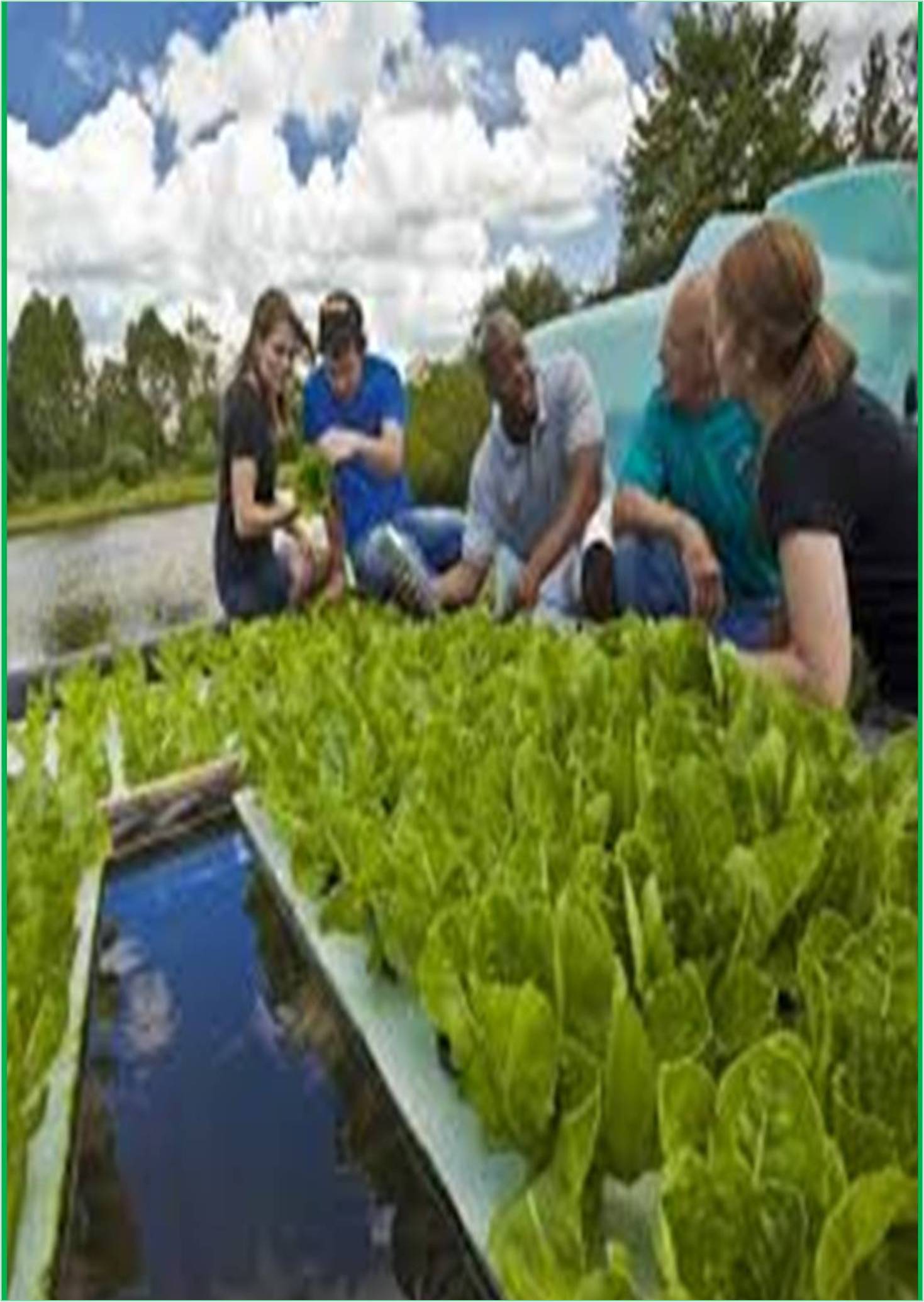



Received: 30-Nov-2022, Manuscript No. GJEST-22-82994; Editor assigned: 02-Dec-2022, Pre QC No. GJEST-22-82994 (PQ); Reviewed: 16-Dec-2022, QC No. GJEST-22-82994; Revised: 23-Dec-2022, Manuscript No. GJEST-22-82994 (R); Published: 30-Dec-2022, DOI: 10.15651/GJEST.22.10.013
The adoption of alternative water sources and supply systems, such as Rainwater Harvesting (RWH) and grey water reuse, is still constrained in many nations due to perceived and actual public health issues related to the quality of the water. Treatment of alternative water to drinkable standards at the Point of Use (POU) as opposed to the point of supply, as it is done in centralized systems, is one way to reduce these health hazards. The outcomes of three worldwide empirical field trials of a brand-new POU RWH therapy device are presented in this research. The POU device was able to lower levels in output water to satisfy UK, EU, and WHO drinkable criteria. The captured rainwater did not include high amounts of pesticides or physico-chemical determinants. The device achieved reduction to potable standard and complete pathogen eradication, respectively, for microbiological determinants like as total viable counts and coliforms and microbial pathogens such as Pseudomonas aeruginosa and Legionella spp. Therefore, even while it is technically possible to treat collected rainwater to drinkable standards using a POU device, the topic of whether doing so is preferable in order to reduce hazards for all end users’ needs additional discussion.
Through the use of Rainwater Harvesting (RWH), roof runoff may be collected and stored to replace potable water. Depending on local, national, and international rules, regulations, and standards, RWH is utilized for both non-potable and potable end applications. For instance, RWH is explicitly encouraged in Texas, and its usage is governed by standards in the UK, while it is illegal in Kenya. Internationally, the usage of RWH varies; for instance, in the UK, USA, and some regions of Australia, RWH is most frequently considered for non-potable end uses including irrigation, toilet flushing, and car washing.
The Quantitative Microbial Risk Assessment (QMRA), which assesses positive/negative, intended/unintended, direct/indirect, and single, multiple, or cumulative health consequences, may be used to quantify risk to health using the Health Impact Assessment (HIA) technique. The 'Disability Affected Life Year' ('DALY') score, which summarizes the health effect from the quantified organism, is generated using the QMRA. Research into POU therapy, such as simple filtration or UV disinfection, is undertaken in an effort to lessen these effects, hazards, and persistent worries. In what they claimed to be the first research to assess such devices, a US-based study of two experimental RWH systems with first flush diverters assessed two commercial POU devices. While the harvest of rainwater proved negative for both 'E' and coliforms, the devices worked effectively for coliforms. coli and Enterococci, hence a spike test was carried out to determine the effectiveness of microbial removal. The amount of E. coli after filtering was only decreased by 39%, and the amount after UV disinfection was greatly reduced (by 6 logs), but the amount of Heterotrophic Plate Count (HPC) was not significantly affected. This may have been caused by the recurrence of biofilm in numerous places throughout the POU device, prompting suggestions for monitoring and maintenance as a top priority for such equipment.
With the RSPOU device, non-potable water (such as rainwater and well water) can be treated to meet potable (drinking, mains water) standards (e.g., World Health Organization, 2008) and the Drinking Water Directive (Council Directive 98/83/EC of November 3, 1998 on the quality of water intended for human consumption) (Drinking Water Inspectorate, 2010). The collected water is processed so that it may be used as drinking water or for other purposes by connecting a RWH system (or any non-potable alternative water supply system) to an RSPOU device. With a variety of monitoring and metering tools, collected rainwater is processed first via a 5 m input filter in order to be exposed to UV radiation, which reduces biological impurities.
The 230-liter water holding tank is filled with ozone, which is produced and used for sanitization in place of chlorine.
Drinking water may be safely treated using the effective UV-C disinfection process. Parts of microbial cells that go through UV-C disinfection may still be alive at the normal level of 40 mJ/cm2 UV-C used by drinking water treatment facilities. Water is pushed through a carbon output filter when it is needed for usage. Water's flavor is also improved by ozone and carbon, with carbon also serving to turn any leftover ozone back into oxygen and remove flocculated particles before the water is cycled.